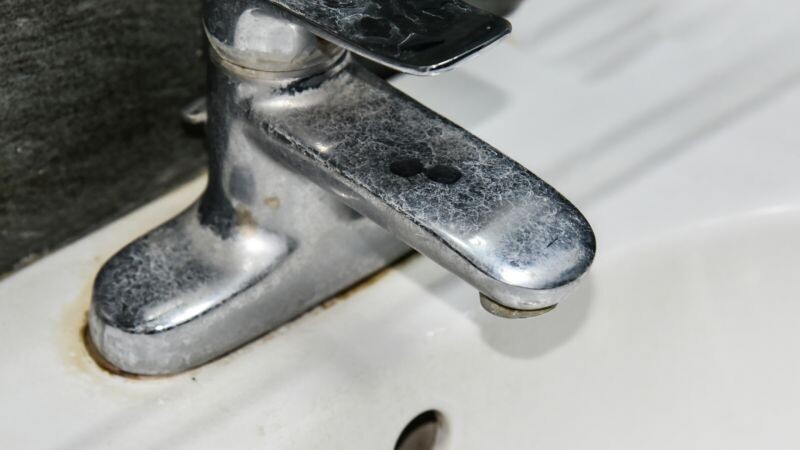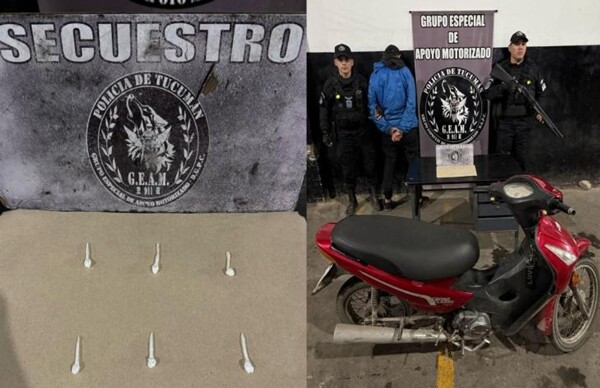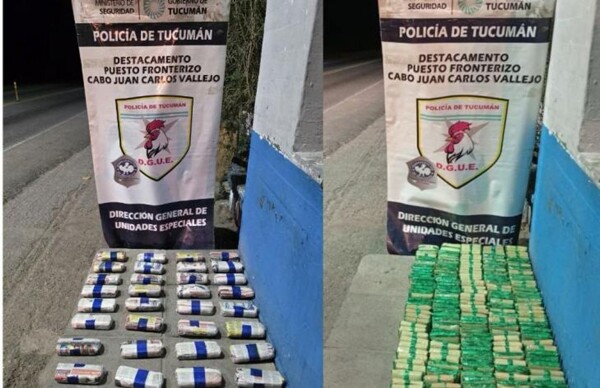
One of the most common problems in home hygiene is the presence of limescale on utensils, faucets, toilets, and pots. Although vinegar and baking soda are commonly used to combat it, there are lesser-known alternative and effective methods. It is recommended to pour a cup of vinegar on the affected area, let it sit for a few seconds, and then scrub with a damp brush.
Cutting a lemon in half and rubbing the juicy part directly on the limescale is another option. It's essential to let the lemon act, scrub, and then rinse. Toothpaste can also be applied on a sponge or brush and scrubbed on the areas affected by limescale.
Limescale forms from the accumulation of minerals, such as calcium and magnesium, present in the water. Therefore, it is important to have effective methods for removing it. Water and humidity allow the minerals to adhere to surfaces, hardening over time.
White vinegar is an indispensable ally in home cleaning and can be used to remove limescale from faucets. It is recommended to mix equal parts of vinegar and water in a spray bottle, apply it to the affected areas, let it sit for a few minutes, scrub, and rinse with warm water for a perfect shine.
Besides vinegar, other products can be used to clean faucets, such as cola soda, which due to its acidity can be effective against limescale. Lemon is also a useful ally due to its ability to dissolve this type of dirt.














